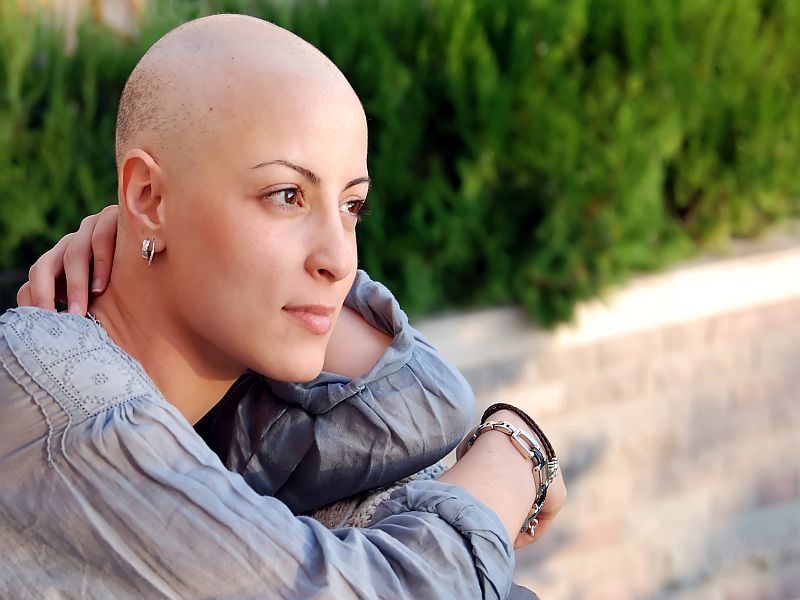
Monday, June 6, 2016

SATURDAY, June 4, 2016 (HealthDay News) -- Some women with advanced ovarian cancer may fare better if chemotherapy is dripped directly into their abdomens as well as introduced into their bloodstream through traditional IV, a new study finds.
Clinical trial results show the combination of abdominal and IV chemotherapy can slow the progression of ovarian cancer better than IV chemo by itself in women who already have had surgery to remove all or nearly all of their cancer.
Close to 77 percent of women who got combination treatment had at least a nine-month delay in the progression of their cancer, compared with slightly less than 58 percent of women who received IV therapy alone.
Average overall survival also was longer, 59 months versus 38 months, respectively. However, the researchers said the difference was not statistically significant.
Progression-free survival was similar between the two groups, amounting to slightly more than 11 months with IV chemotherapy compared with 12.5 months from IV/abdominal chemotherapy, the findings showed.
Nevertheless, these statistics support using IV/abdominal chemotherapy in certain patients, said Dr. Don Dizon, director of medical oncology for the women's oncology program at Women & Infants Hospital of Rhode Island. He was not involved in the study.
Women taking this path first receive traditional chemotherapy to reduce the size of their tumor, and then undergo surgery to have as much of their cancer removed as possible, Dizon explained.
A port is then installed into their bellies to allow chemotherapy to drip directly into their abdominal cavities, he said. They also receive chemotherapy via IV.
"I think this represents a very valid option for this population, who are receiving primary chemotherapy before surgery and then have successful surgery," Dizon said. "I think you need to mention this option and these data when discussing treatment with those patients."
The researchers will continue to track the patients in this study in hopes of figuring out the best potential recipients of this combination therapy, said presenting researcher Dr. Helen Mackay. She is divisional head of medical oncology and hematology at the Sunnybrook Odette Cancer Center in Toronto.
"If we can identify the long-term survivors, we hope this will help us better predict who truly benefits from this approach," Mackay said.
About 22,280 women are expected to receive a diagnosis of ovarian cancer in 2016, and about 14,240 women will die from the disease, according to the American Cancer Society. Ovarian cancer is the fifth most common cause of cancer death among women.
The new clinical trial involved 200 women who first underwent chemo to shrink their tumor, followed by surgery to remove the cancer. Afterward, they were randomly assigned to receive either IV chemotherapy or IV/abdominal chemotherapy.
Researchers were scheduled to present the findings Sunday at the American Society of Clinical Oncology's annual meeting, in Chicago.
This therapeutic option delivers chemotherapy directly to cancer cells, without having to wend its way through the bloodstream, noted Dr. Linus Chuang. He is a professor of obstetrics, gynecology and reproductive science with the Icahn School of Medicine at Mount Sinai, in New York City.
Chuang pointed out that for nine out of 10 ovarian cancer patients, their cancer is confined to their abdomen when they are first diagnosed.
Delivering chemo directly into the abdomen "may improve efficacy by increasing concentration of the cytotoxic agent directly against the tumor in the abdominal cavity," Chuang said.
The researchers also noted this technique allows delivery of higher doses of chemotherapy to the tumor, while sparing other parts of the body from side effects.
The rate of severe side effects was slightly lower among women who received the combo therapy, about 16 percent compared to 23 percent. However, the difference was not statistically significant.
SOURCES: Don Dizon, M.D., director, medical oncology, women's oncology program, Women & Infants Hospital of Rhode Island; Helen Mackay, M.D., divisional head, medical oncology and hematology, Sunnybrook Odette Cancer Center, Toronto; Linus Chuang, M.D., professor of obstetrics, gynecology and reproductive science, Icahn School of Medicine at Mount Sinai, New York City; June 5, 2016, presentation, American Society of Clinical Oncology annual meeting, Chicago
HealthDay
Copyright (c) 2016 HealthDay. All rights reserved.
News stories are provided by HealthDay and do not reflect the views of MedlinePlus, the National Library of Medicine, the National Institutes of Health, the U.S. Department of Health and Human Services, or federal policy.
- More Health News on:
- Cancer Chemotherapy
- Ovarian Cancer





























.png)











No hay comentarios:
Publicar un comentario